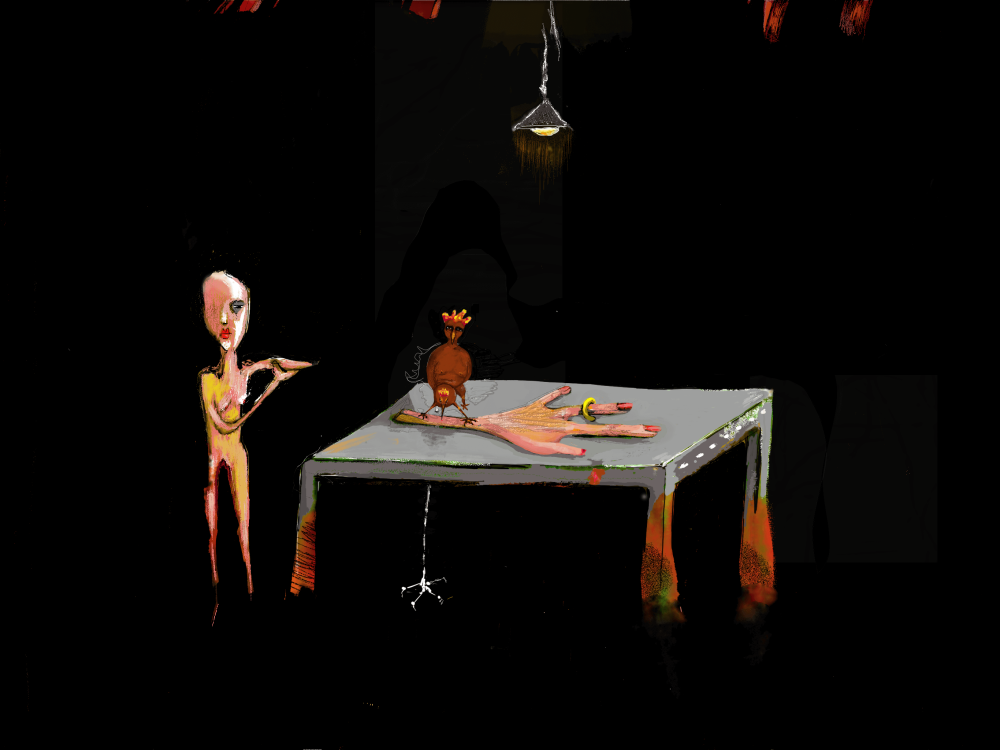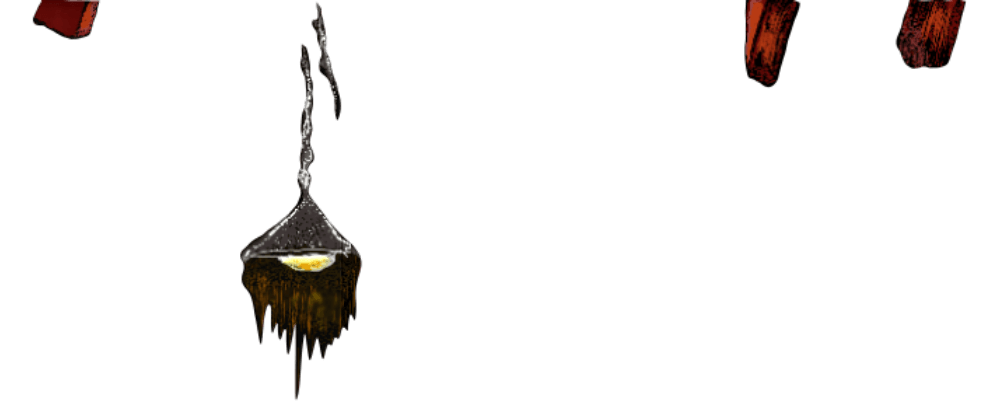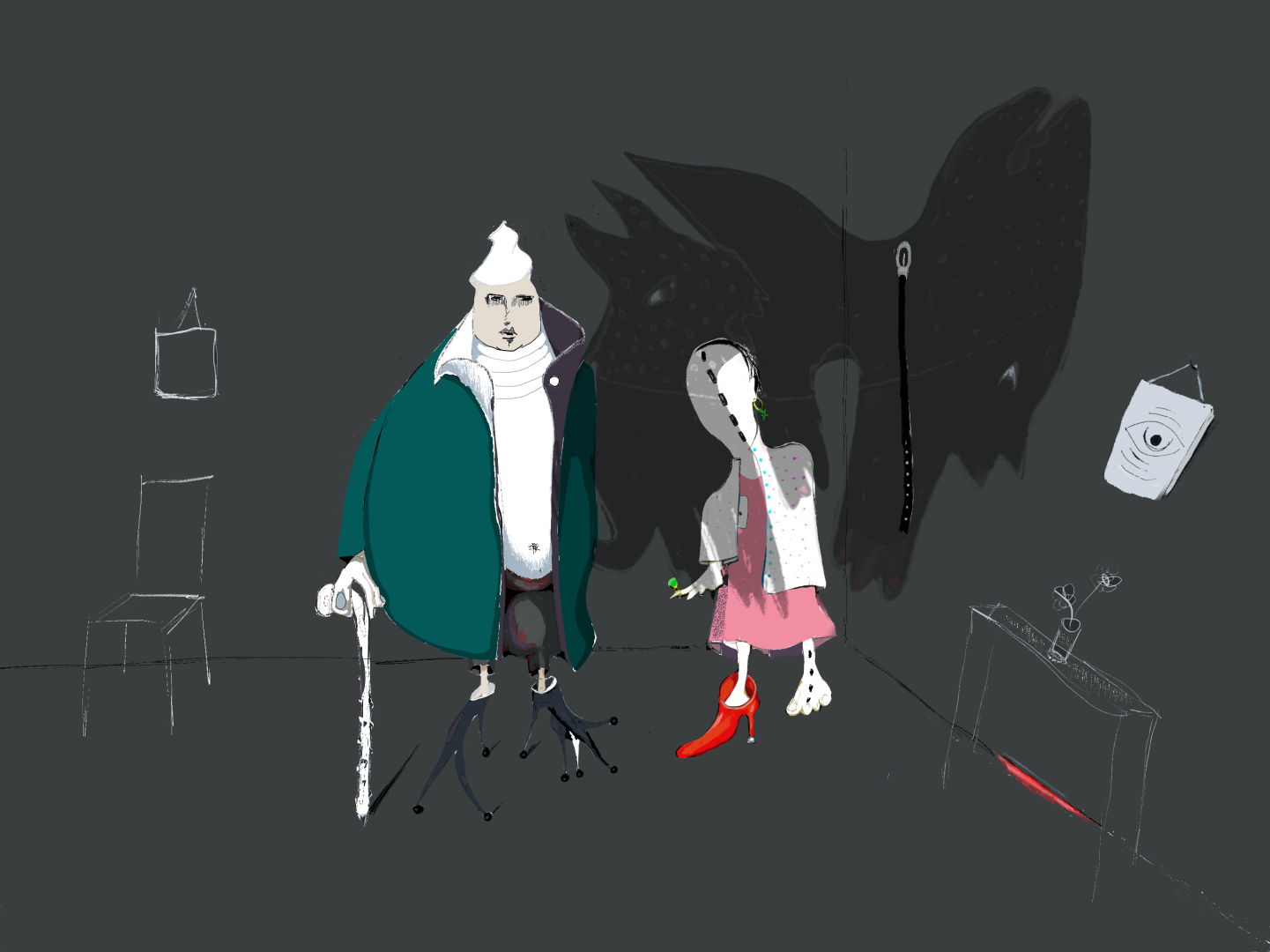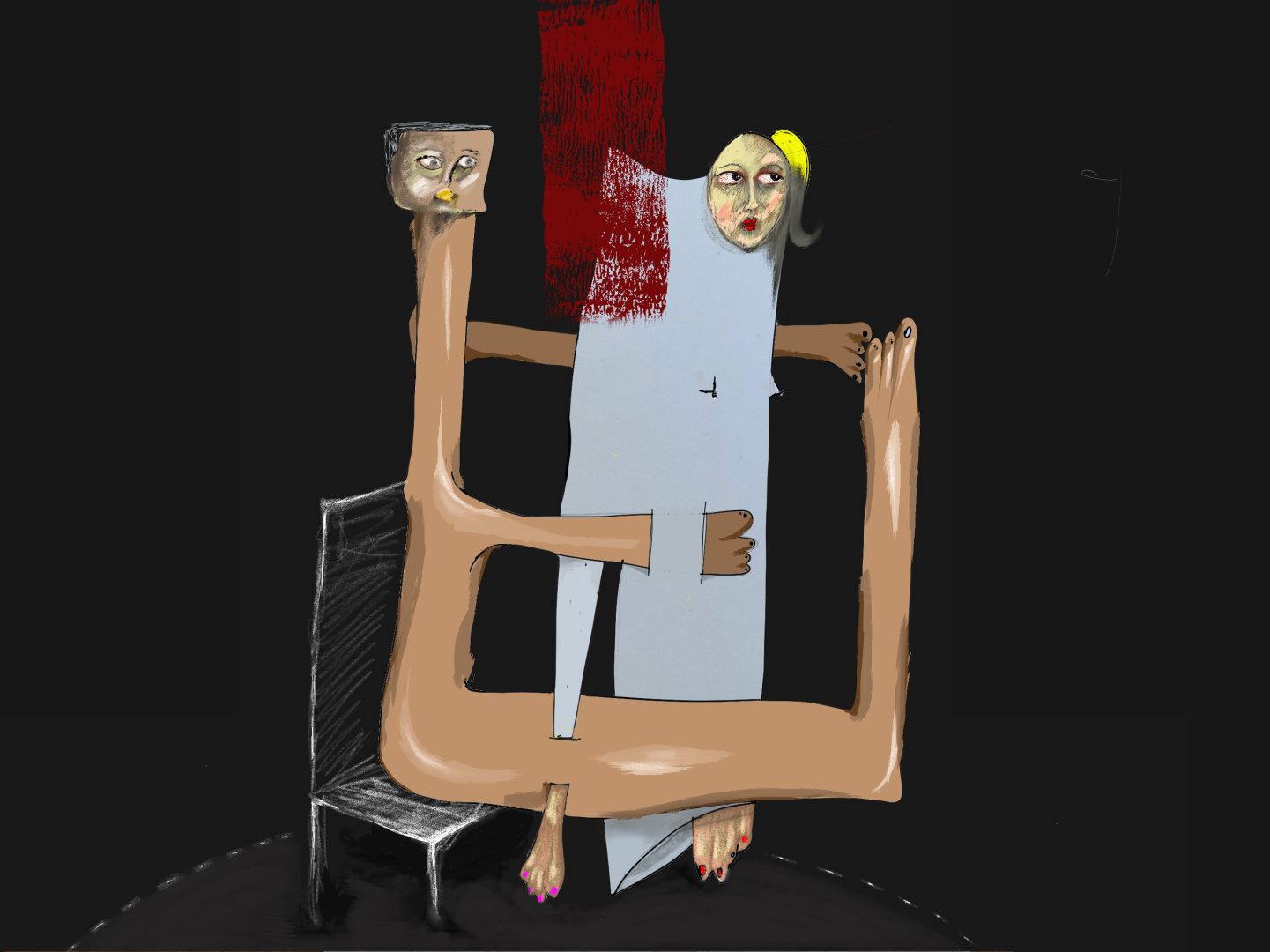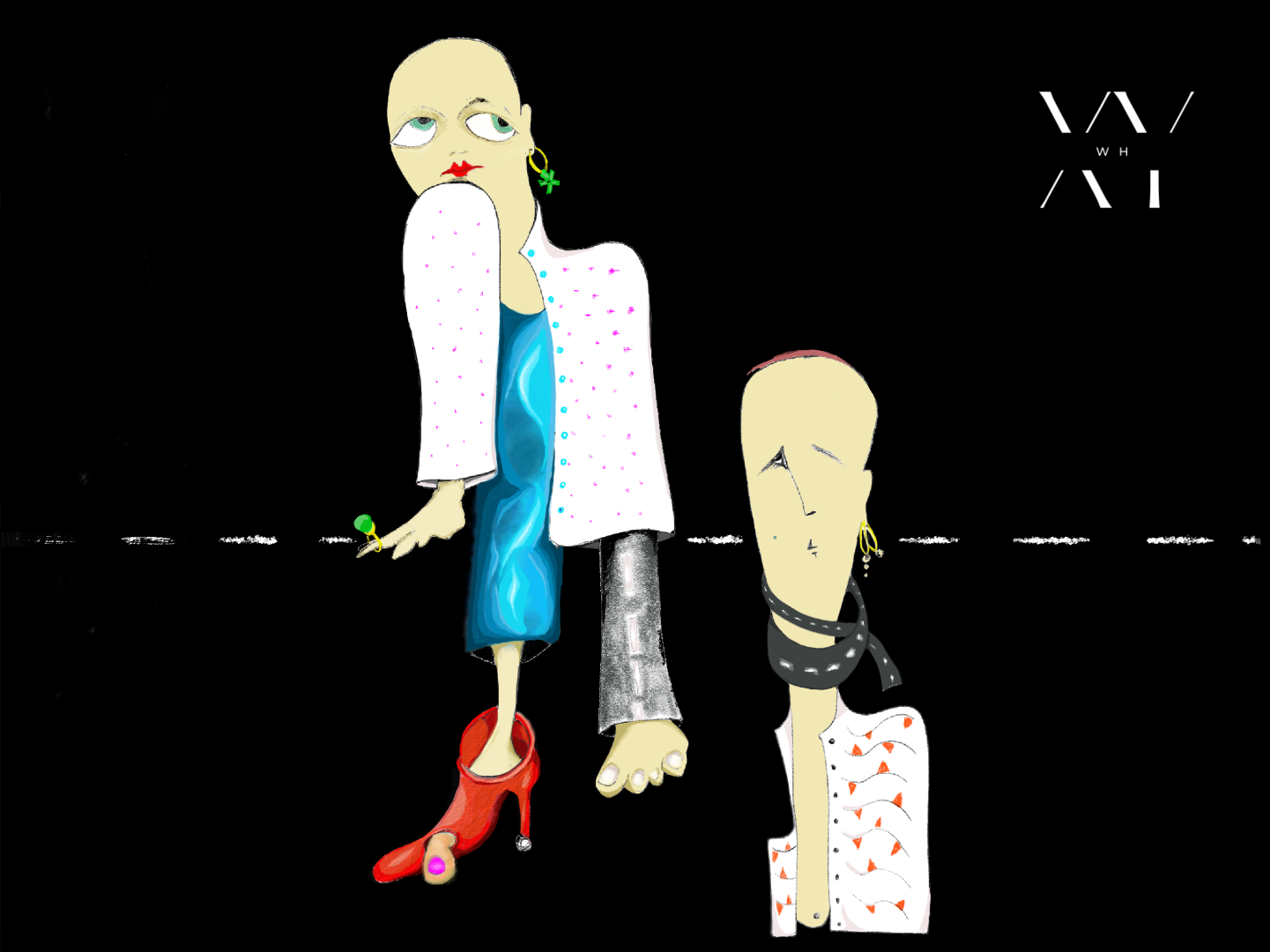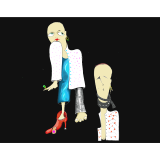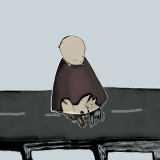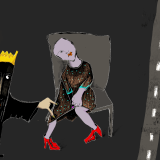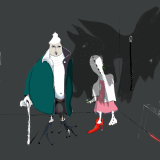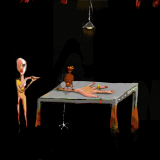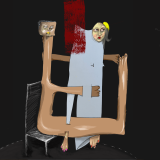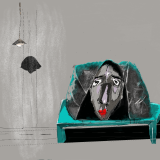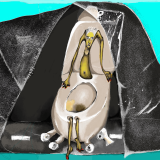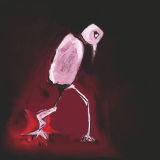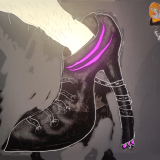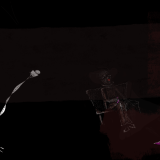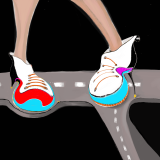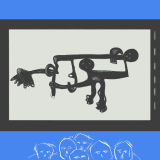The news of homicides of women and girls in Syria have not stop spreading through the Syrian alternative media platforms while we have been working on preparing this research. These crimes are considered the last link in an ongoing series of domestic violence that has been deeply rooted in Syrian societies for decades.
Syrian alternative media provided a broader space for the issue of domestic violence and brought it to the surface. This is undoubtedly an essential step towards contributing to ending it. It is a responsibility that the Syrian alternative media does not bear alone, especially in light of its work in relation to the ongoing environment of conflict and in addition to the older discriminatory social and legal structures. Nevertheless, it succeeded for the first time in producing a different discourse in various fields, including social justice. However, it is still important to spot the media practices and note their impacts on the phenomenon of domestic violence.
Accordingly, and departing from the belief in the role of these institutions in influencing and making change, and as a media development institution from a feminist perspective, we at the Syrian Female Journalists Network have been critically monitoring media discourses since 2016. Back then we published the first report to monitor the portrayal of women in emerging media, “Women in emerging Syrian Media: Critical Discourse Analysis”. Since then, the Network’s work has focused on developing media discourse monitoring tools that are compatible with political developments and placing them within their local contexts.
The report studies and observes media patterns and methods in handling issues of domestic violence against women and girls by exploring a sample of emerging/alternative Syrian media institutions and feminist organisations, highlighting their role in reducing or enhancing this social problem and its effects on each of the victims/survivors of violence and the perpetrators. Hence, we seek to understand the extent to which this coverage contributes to the pursuit of social justice and gender equality. This work relies on feminist discourse analysis that combines the theory of critical analysis of media discourse with media theories. This methodology was designed to be in line with the objectives of the research, the specificity of the subject, the Syrian context and the context of the work of the institutions included in the research sample.
The results revealed many positive practices in dealing with issues of domestic violence, represented first in the interest in covering the topic and in digging into its contexts, roots, effects and types that are visible and less visible in society, and advocating for achieving social justice and bridging the gender gap. We also observed the taking-into-account of being sensitive and considerate to victims/survivors of violence.
On the other hand, and in other platforms, the victims/survivors did not escape blame, stereotypes, commodification or silencing. The discourse was not devoid of some logical fallacies that distorted and neglected the reality of domestic violence and depicted it mainly as a private and family affair, or even as a romantic act! Certainly, the political orientations of the institutions affected the formation of their coverage and the formulation of their messages at the expense of the issue itself. The report led to a set of accurate results and examples that can contribute to and help stop and rethink this situation. It opens the door for discussions on how to develop coverage collectively in order to exchange experiences and produce a tone of a media discourse that is more sensitive to victims and survivors of violence, and more effective in contributing to reducing and ending the phenomenon of domestic violence and achieving justice. SFJN *



